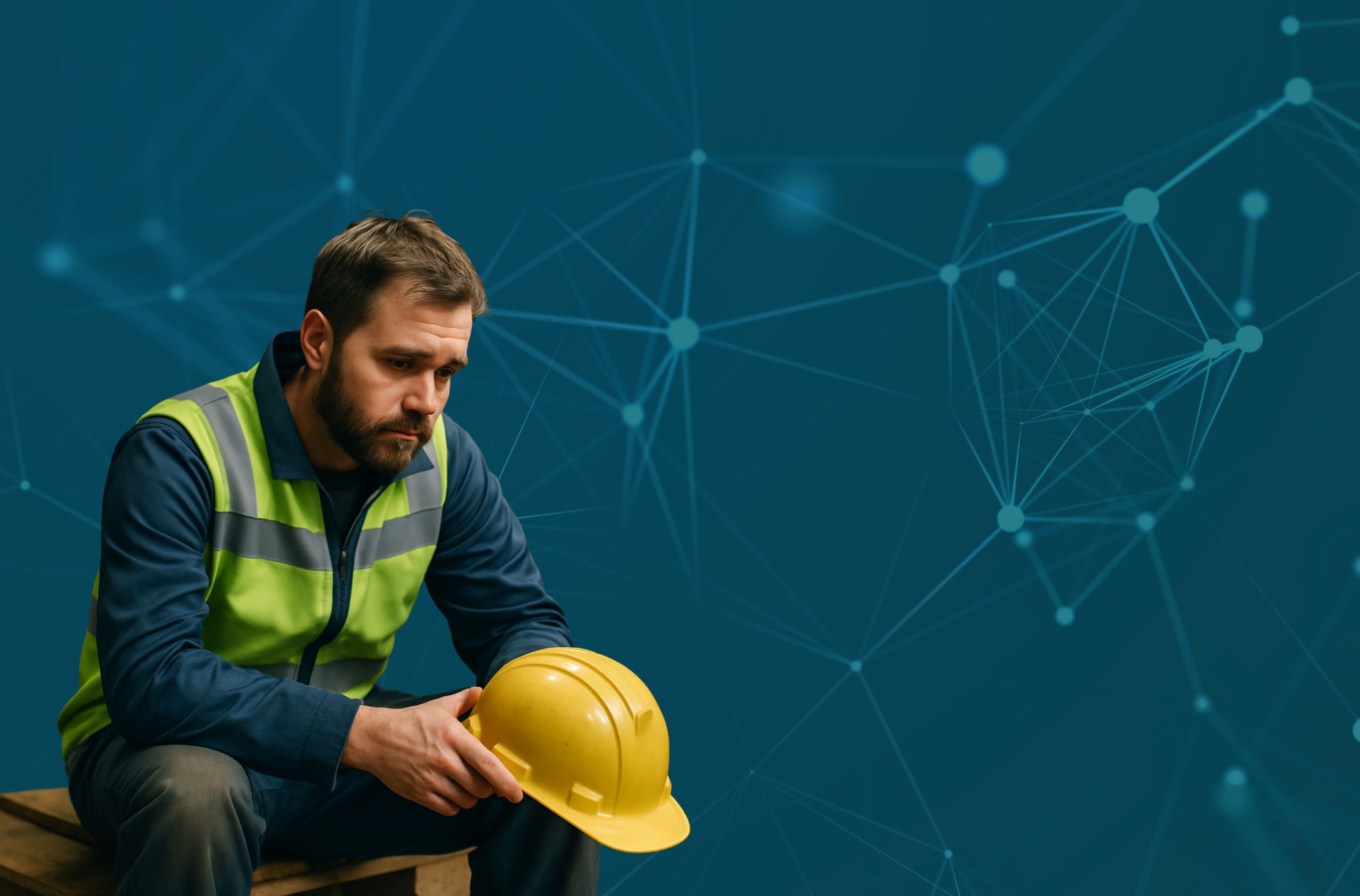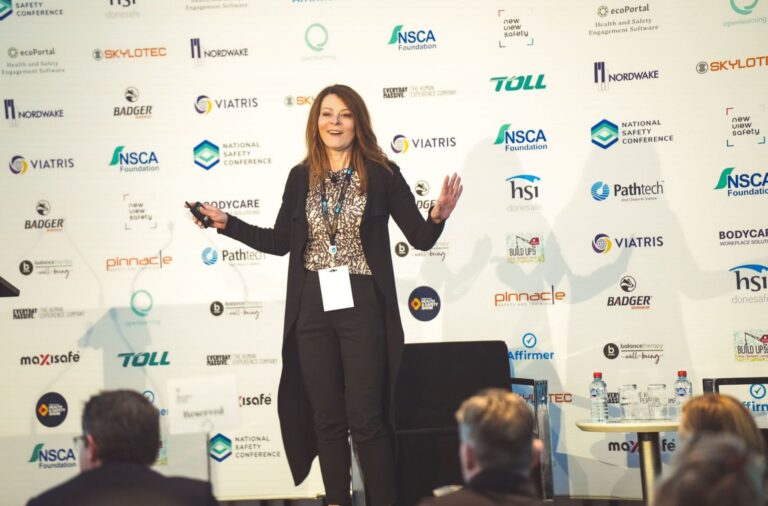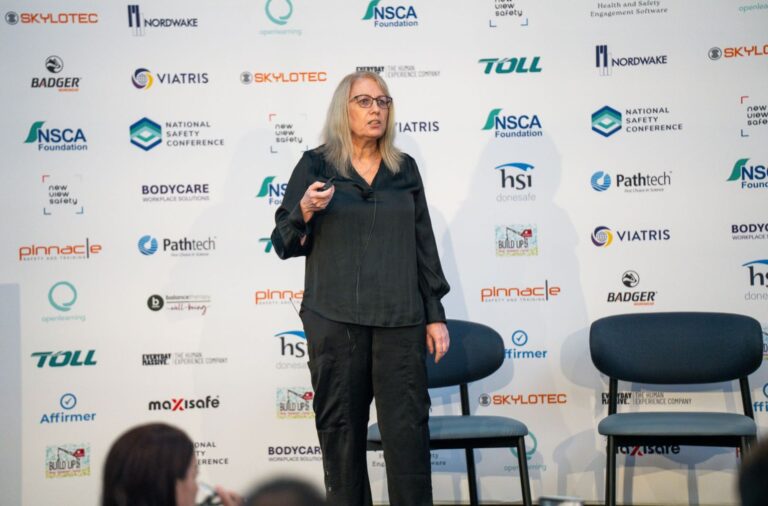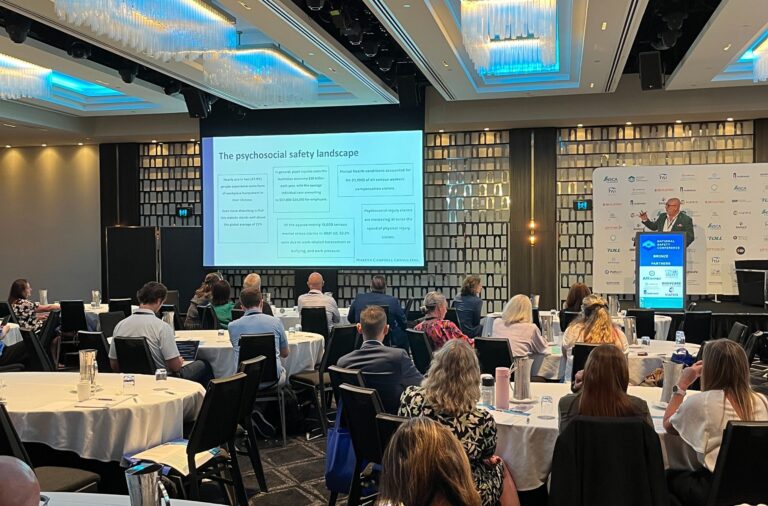
After an incident, the instinctive reaction is often: “Who’s responsible?” But the better question is: “Why did this make sense at the time?”
As Georgina Poole explained in the NSCA “Unlocking the Potential of HOP” webinar, traditional investigations focus on identifying rule-breakers. But the real goal of an investigation should be to understand why normal work conditions allowed the failure to happen.
Blame does not fix the problem
Blame is satisfying because it gives us closure. It makes an incident feel like a solved equation: Worker broke rule → Worker punished → Problem solved.
Except… if the same errors keep happening, then the problem isn’t solved.
This is where most safety cultures fail. They treat investigations as a way to assign responsibility, rather than a tool for learning and prevention.
If your safety investigations aren’t leading to real change, what’s the point?
Why “Event-Learning” Works Better Than Traditional Investigations
Most safety investigations focus on three things:
- What rule was broken?
- Who was responsible?
- How do we stop this person from doing it again?
A learning-focused approach asks completely different questions:
- What conditions made this failure likely?
- Have similar failures happened before?
- What needs to change in the system to prevent this happening again?
Instead of investigating people, you investigate systems.
A Real-World Example
The Power of Better Questions
A logistics company kept experiencing forklift collisions in the warehouse. The knee-jerk reaction was to blame operators and roll out more training. But after implementing event-learning, they discovered:
- The warehouse layout forced forklifts and pedestrians to share narrow pathways.
- High shelving blocked sightlines.
- Tight deadlines encouraged drivers to rush.
Georgina’s theory in her presentations proves that instead of blaming individual operators, by redesigned the layout, improved visibility, and adjusted deadlines—and the problems often disappear.
As Georgina pointed out:
“The best investigations don’t stop at what happened, but ask why it made sense at the time.”
Three Immediate Changes to Make Right Now
1. Stop generic safety questions. Instead of “Any concerns?”, ask:
- What nearly went wrong yesterday?
- What workarounds are people using that we haven’t designed for?
- What safety process is frustrating and slowing people down?
2. Make incident investigations problem-solving exercises. Don’t just look at the mistake—ask:
- Why did this seem like the right thing to do at the time?
3. Encourage “near-miss” reports. The most valuable safety insights often come from almost-incidents.
What’s the worst safety mistake you’ll never know about? The one nobody reported.
——-
Blame does not build safer workplaces, but better systems do. Donesafe empowers teams to capture real insights from the frontline and turn them into proactive solutions. See how a smarter approach to safety can transform your business.
About Georgina Poole
Georgina Poole is a respected health and safety leader, keynote speaker, and advocate for Human and Organizational Performance (HOP), with over 17 years of experience helping organizations improve safety culture and outcomes. A doctoral researcher in Safety Science and host of the Leading Safely podcast—streamed in over 100 countries—Georgina is known for her practical insights on building learning organizations and creating systems that support people to fail safely. She is the co-founder of Event Learning Australia, learn more here.
Discover why people are the key to safer systems and explore Georgina’s HOP insights in our other blogs, here.
Share:



